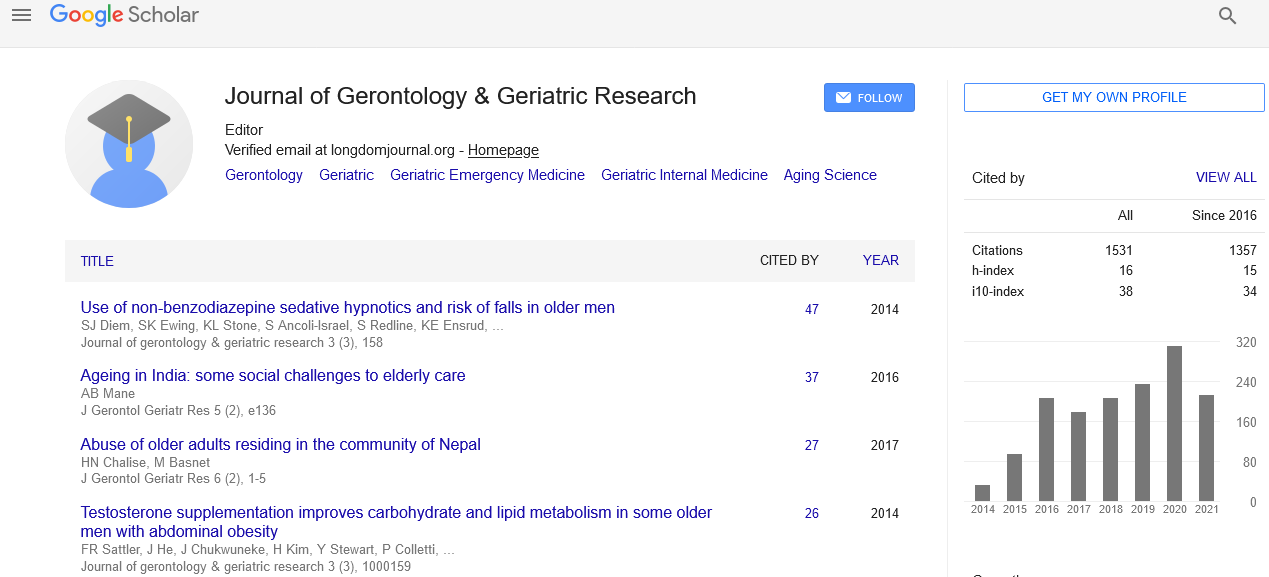PMC/PubMed Indexed Articles
Indexed In
- Open J Gate
- Genamics JournalSeek
- SafetyLit
- RefSeek
- Hamdard University
- EBSCO A-Z
- OCLC- WorldCat
- Publons
- Geneva Foundation for Medical Education and Research
- Euro Pub
- Google Scholar
Useful Links
Share This Page
Journal Flyer

Open Access Journals
- Agri and Aquaculture
- Biochemistry
- Bioinformatics & Systems Biology
- Business & Management
- Chemistry
- Clinical Sciences
- Engineering
- Food & Nutrition
- General Science
- Genetics & Molecular Biology
- Immunology & Microbiology
- Medical Sciences
- Neuroscience & Psychology
- Nursing & Health Care
- Pharmaceutical Sciences
Abstract
The Effect of Captioning in Understanding Televised Speech in Geriatric Hearing Aid Users
Deepika Sharma and Rangasayee Raghunath Rao
The present study aims to evaluate combined use of captioning and hearing aids and captions in hearing aid users. 60 subjects participated in the study. They were divided into two groups of Group A (Young adults) of 20-45 y and Group-B (Older adults) of 50-85 years. Two types of stimuli were created. Sentence stimuli (S1) and Context Stimulus (S2). S1 consisted of sentences with and without captions each with two score able words. S2 consisted of four video-clips for two minutes duration each, with and without captions. The participants were shown the stimulus in four viewing conditions 1) Baseline 2) With hearing aids 3) With captions and no hearing aids 4) with captions and hearing aids. They were required to answer 10 comprehension questions after each presentation. The results showed significant improvement in scores during combined use of captioning and hearing aids with scores of 75% and 92% in S1 and S2 in adults Group A and scores of 73% and 91% in group B IN s1 and S2 respectively. No significant difference was found between the scores in condition with hearing aid vs. without hearing aid and young adult vs. Older adults. additionally, it was found that the frequency distribution of participants on results of questionnaires was different across the two groups indicating that the young adults and older adults differ in their television viewing habits’ and also that the subjective perception the hearing aid benefit is different in two populations. Thus, concluding that captioning helps in improving the understanding of televised content in Hearing aid users.


